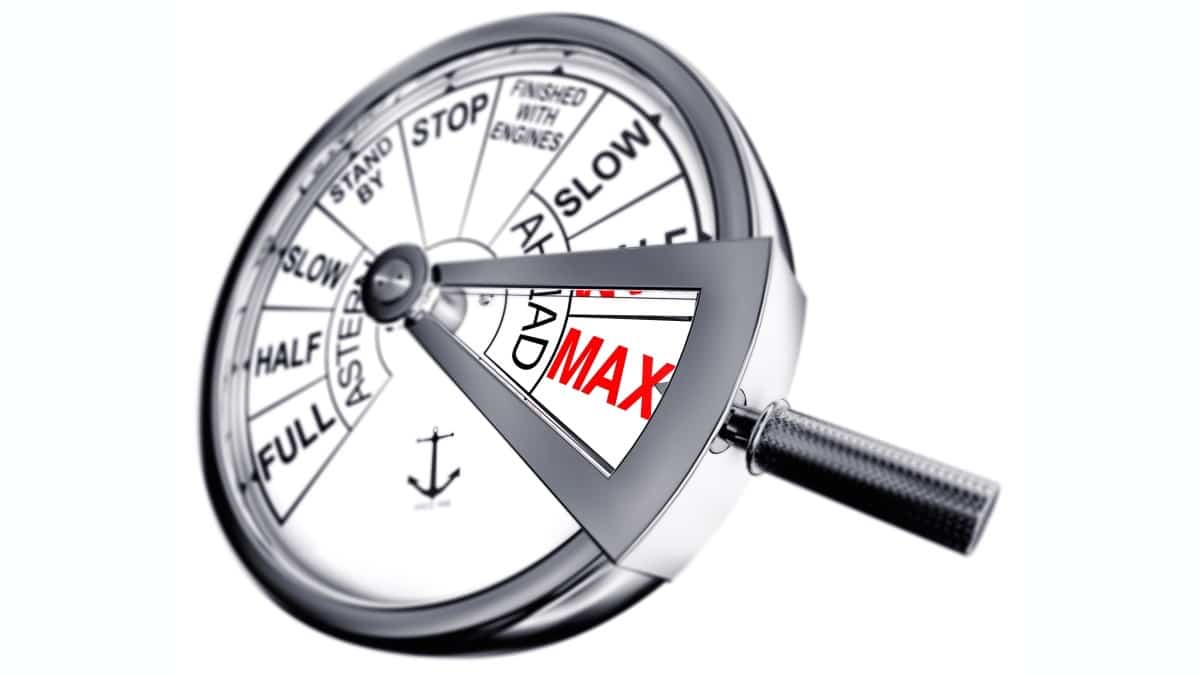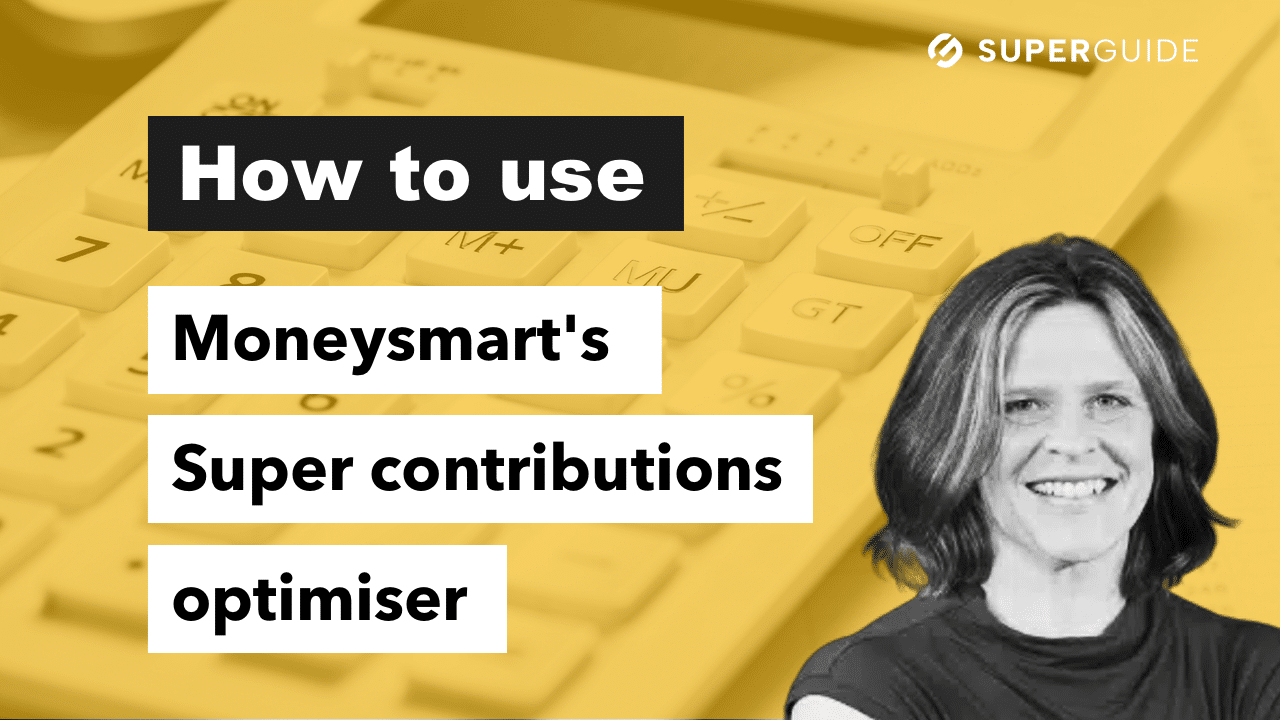Q: I have maxed out my non-concessional contributions to my self-managed super fund, $330,000 in July 2023. Based on the three-year bring forward rule, when is the earliest I can make new non-concessional contributions? I am way under the total super balance.
A: Okay, let’s have a look at this. This was a question that we got a couple of times from a few of our readers. Obviously, interest has been spruiked. We’ve got the increase to both the concessional and non-concessional caps starting from 1 July this year. We will see an increase in the non-concessional cap going from $110,000 as it sits now to $120,000 per annum from 1 July 2024. We’ve got a few questions focused around non-concessional contributions.
Allie, in regards to your question here, what we need to think about first is how the three-year period works, how those rules apply. Now, remember, these rules were introduced to allow super fund members to make larger non-concessional contributions in one year instead of having to to wait a number of years to get that same level of contribution in. Essentially allowing you to use three years worth of annual contributions, but you can use them all in the one year without creating an excess contribution. Really, if an event occurred where you sold a business just before retirement or you came into some money, you could put that money into super without having to wait those three years. The three-year rule works by when you exceed your annual cap of currently $110,000, you automatically trigger that three-year bring forward rule.
The three-year bring forward rule allows you to put up to $330,000 of non-concessionals into your fund in the current year by utilising the next two years caps as well. So three years in total, and that doesn’t create an excess contribution, so long as you’re within that $330,000 or within your own cap. So remember, though, once you If you trigger your bring forward rule, any indexation or any increase that might occur to that general cap, you don’t get until your three-year period ceases. So keep that in mind that from 1 July 2024, the non-concessional cap will go to $120,000, meaning the three-year bring forward will go to $360,000. But if you trigger your bring forward rule in the current year, you don’t get that extra amount. You have to wait until your three-year period comes to an end. We’ve got a couple of articles in this month’s newsletters which cover that issue, so keep an eye out for those articles.
There are, of course, some eligibility requirements to be able to use the bring forward rule. You’ve got to be under age 75. You need to have a total super balance below the general transfer balance cap. I’ll show you and talk to you more about that through today’s session. But what this essentially says is you You can’t have any more in all your super funds combined more than the current $1.9 million, or for some of you, it’s the lower $1.7 million. If you’re above that, you don’t get access to the bring forward rule.
If we look at Ali’s particular position where she said in 1 July 2023, I put in $330,000, that would be the trigger year. In the July 2023 month, she’s put in $330,000 worth of non-concessional contributions. That means that’s year one. Year two would be July 2024 to July 2025, and year three, July 2025 to 2026. So her three-year or your three-year reset would occur in July 2026, allowing you then to recontribute or use the non-concessional cap again without having an excess. So that’s how that three-year period works. Year one, as you can see, July 2023 to July 2024, and so on, and resetting in July 2026.
Another good way of looking at that is you can jump on to myGov and have a look at your caps, have a look at your total balance. I encourage you to get as much information about your personal position before you make these contributions. It certainly helps you look at how much of your unused caps you have remaining. There’s some articles there, as I’ve mentioned, the Non-concessional guide, a Guide to the bring forward rule, and Understanding your Total super balance. Have a look at those articles. Also, keep an eye out for the new articles coming out this month, talking about the changes from 1 July and indexation. I hope that helps.





















Leave a comment
You must be a SuperGuide member and logged in to add a comment or question.